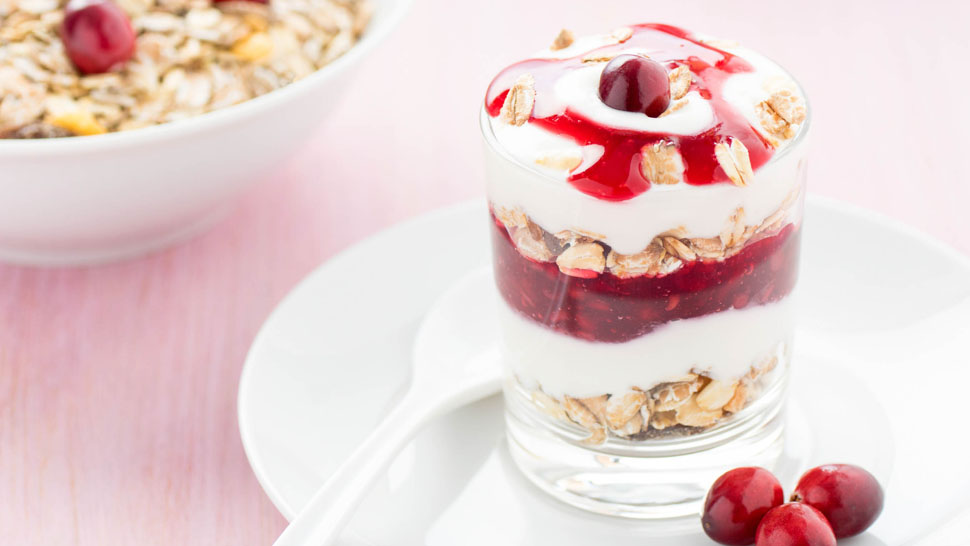
In recent years, sugar has been deemed a major contributor to our nation’s obesity crisis, along with other health conditions. It’s true that added sugars add empty calories to one’s diet, and few of us need more of those! There’s a big difference, though, between added sugars and naturally occurring sugars such as those found in dairy (lactose) and fruit (fructose).
Added Sugars
No matter what added sweeteners are called (sugar, corn syrup, honey, molasses, maple syrup, brown rice syrup, et cetera), they offer mainly calories with little or no substantial nutritional benefits. For instance, a teaspoon of white sugar has 16 calories, and absolutely no other nutrients.
These refined sugars also contribute to insulin resistance, a risk factor for diabetes, and may contribute to chronic diseases such as heart disease obesity, and some cancers. This is partly due to refined sugars’ link to chronic inflammation — in simple terms, a reaction in which the body’s normal immune system response to injury goes on overload, releasing inflammatory chemicals constantly, even when they are not needed. These negative results are why leading scientific recommendations, such as those of the American Heart Association, suggest that adult Americans get no more than 6 teaspoons daily of added sugars for women and 9 teaspoons for men.
Naturally Occurring Sugars
Meanwhile, some nutritious foods, such as plain milk, some plain yogurts, fruit, and some vegetables contain naturally occurring sugars, but they also offer a wide range of nutritional benefits along with the energy from those sugars — benefits like fiber and protein (which slow how fast your body metabolizes the sugar), vitamins and minerals, antioxidants, and other nutrients. These types of foods, including their natural sugars, are components of a healthy diet, and you can feel good about building them into your meal plan.
Counting Sugars
So, how can you figure out how much added sugar you’re eating? You have to do some detective work with packaged and processed foods, which often contain sweeteners — even so-called healthy ones that you wouldn’t think have them. Salad dressings, yogurts, sauces, and breads (even whole wheat!) are all foods in which added sugars may be hiding.
If you educate yourself about how to read the Nutrition Facts Label and the ingredient lists on packaged foods, you can help bring those sneaky sugars to light. Your detective work may soon become a little easier. By 2020, the Nutrition Facts Label will differentiate between added sugars and naturally occurring ones. Until then, look for the “Sugars” line under Total Carbohydrates on the label and use that as your speed limit. A yogurt flavored with fruit and sweetened with added sugars, for example, may easily contain as much as 26 grams of sugar, more than half of which is added. That can be more than half of a female’s added sugar allotment for one day!
Also, learn the various names that added sweeteners hide under in a packaged food’s ingredient list– you can reduce your sugar intake by choosing those that do not feature sugar (in any of its forms) as a primary or even secondary ingredient.
Many of us have a sweet tooth that can be tough to tame, but the evidence is gathering that the more sugar you consume, the more you crave. There certainly can be a place in a varied, moderate, and healthful diet to enjoy an occasional sweet treat — the occasional indulgence is part of a balanced, sustainable diet, and part of what can make a special meal memorable. However, cutting out the added sugars you didn’t even know you were consuming, while continuing to enjoy whole foods that may contain natural sugars, will offer many benefits to your energy and wellness, now and in the future.
Read more here about ways to cut back on your sugar intake and how to kick your sugar habit.